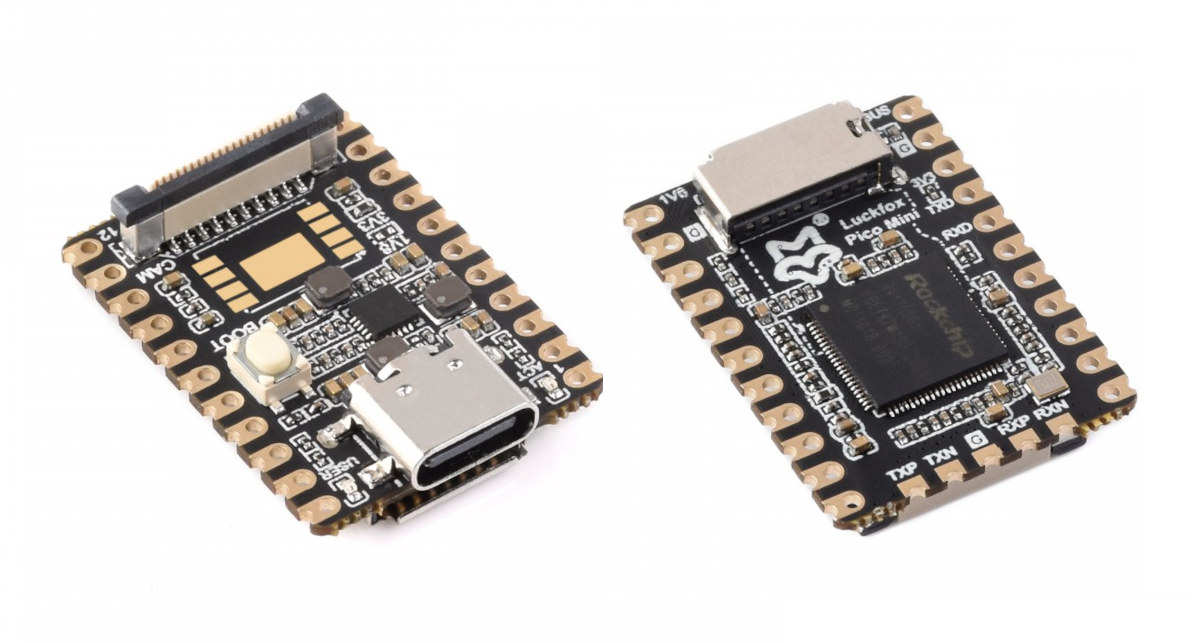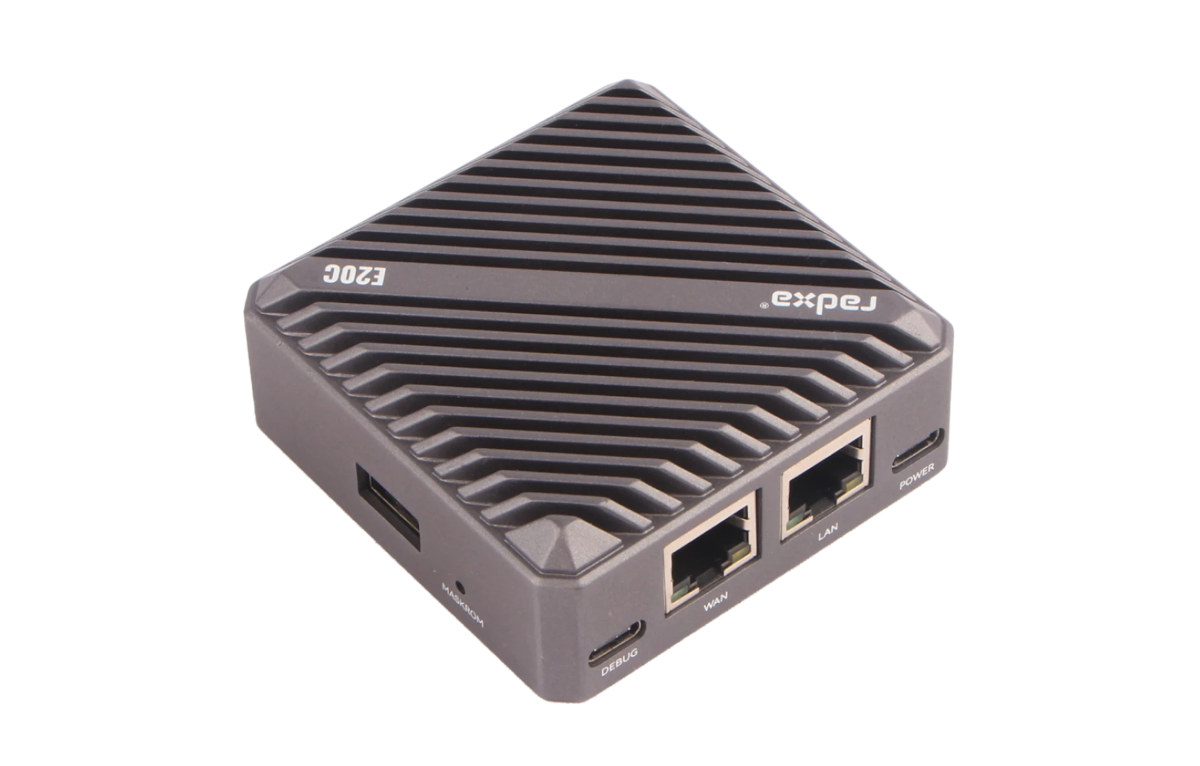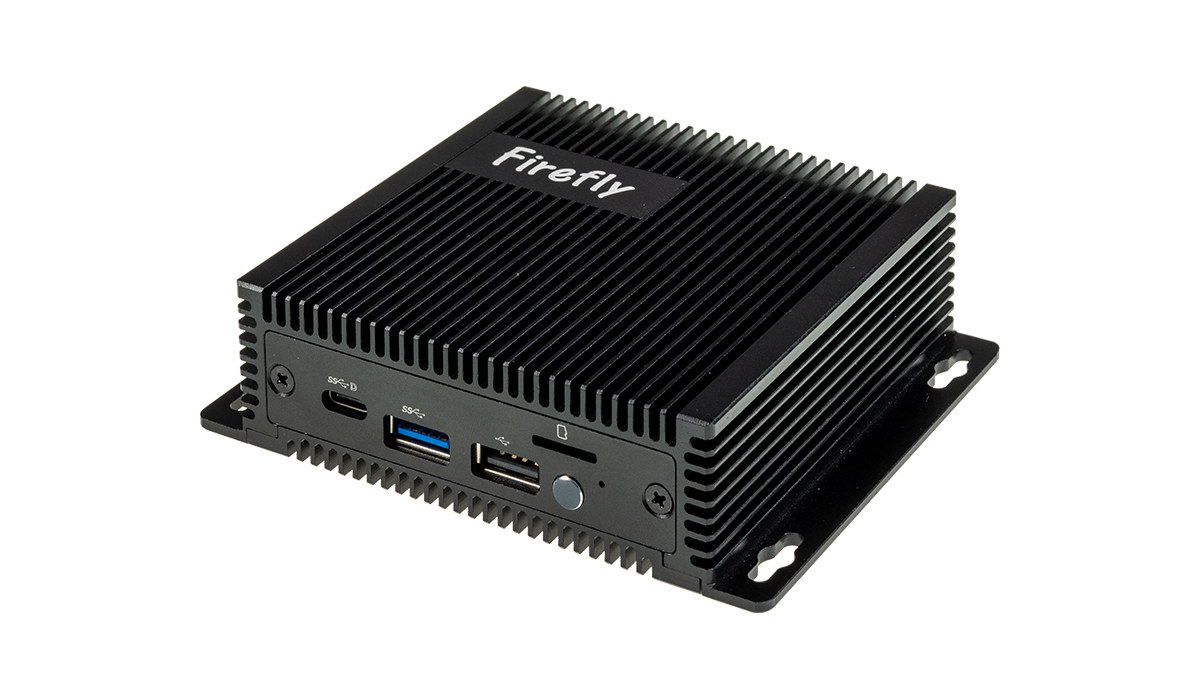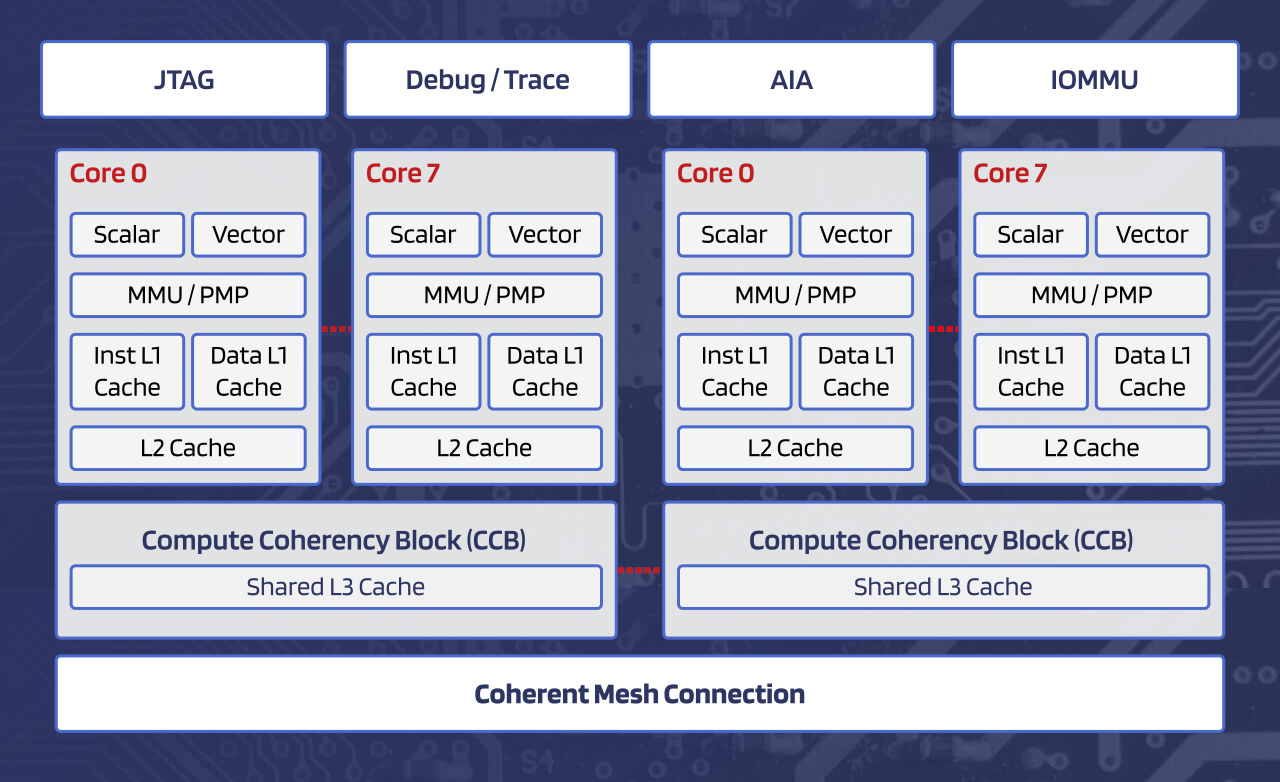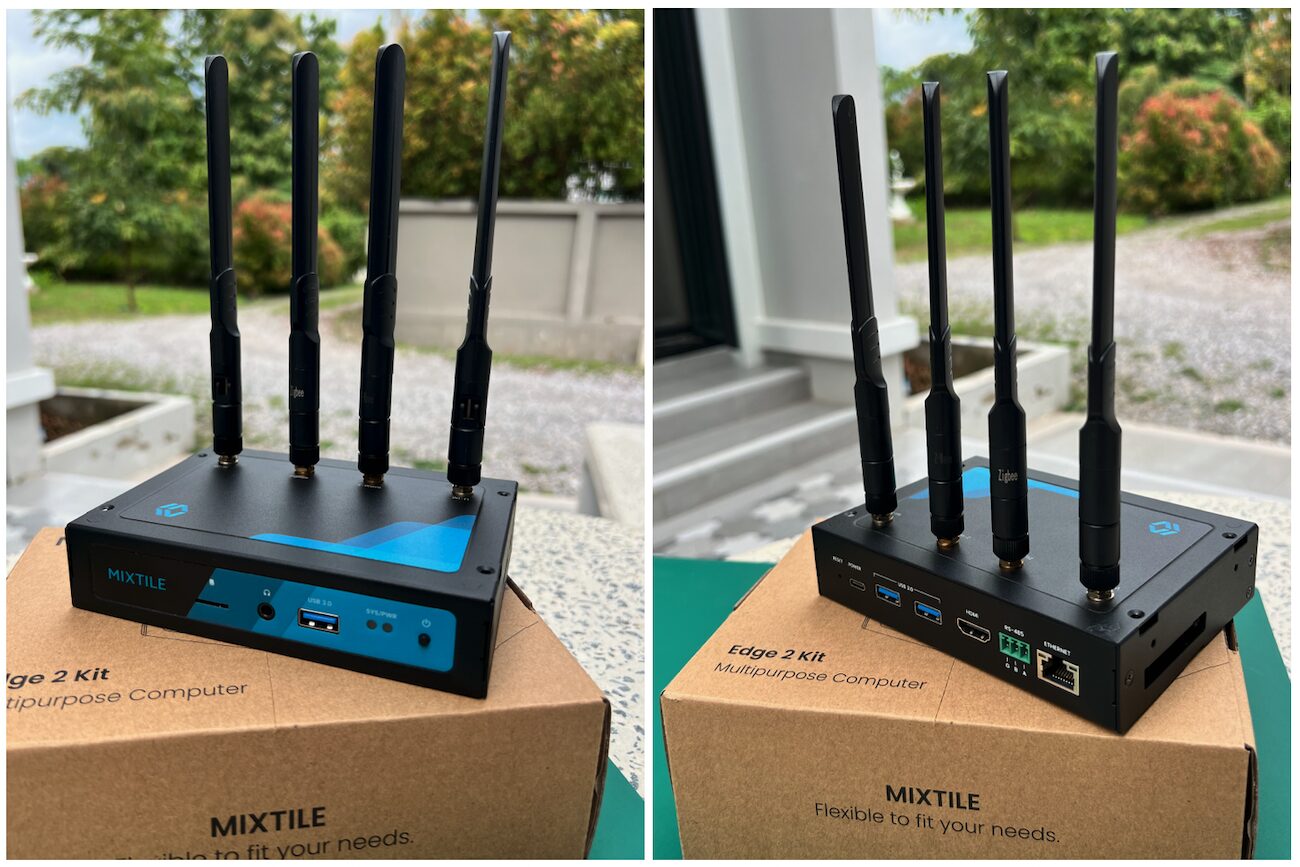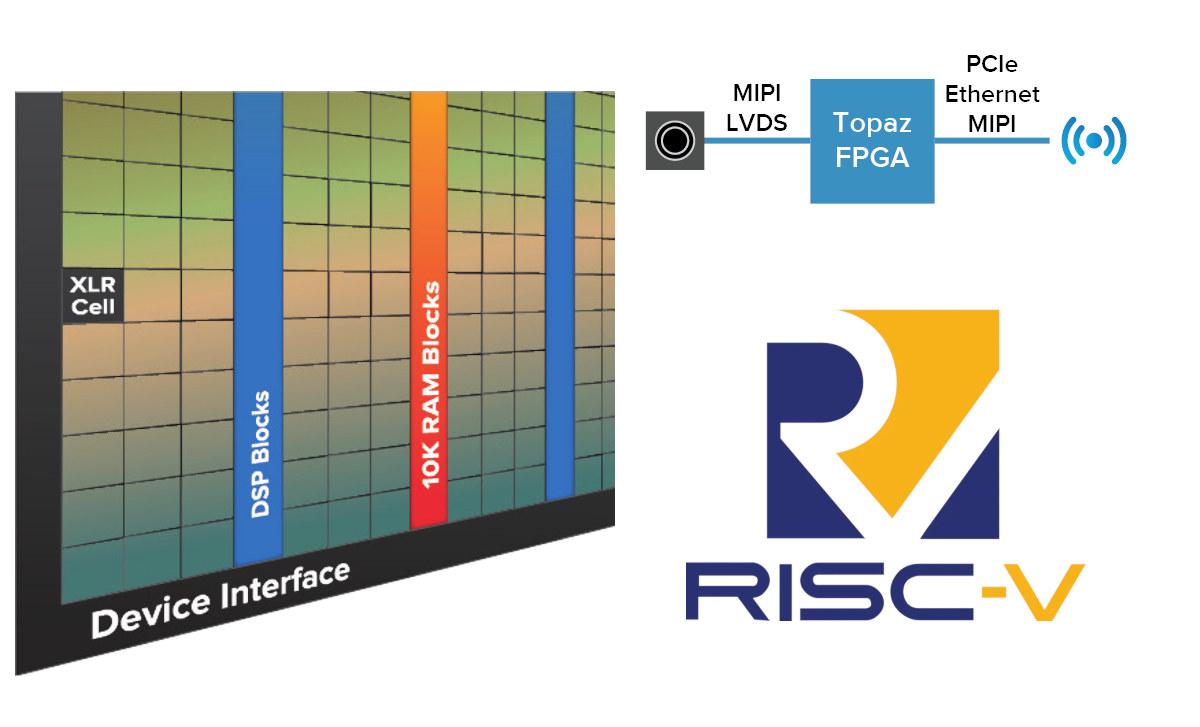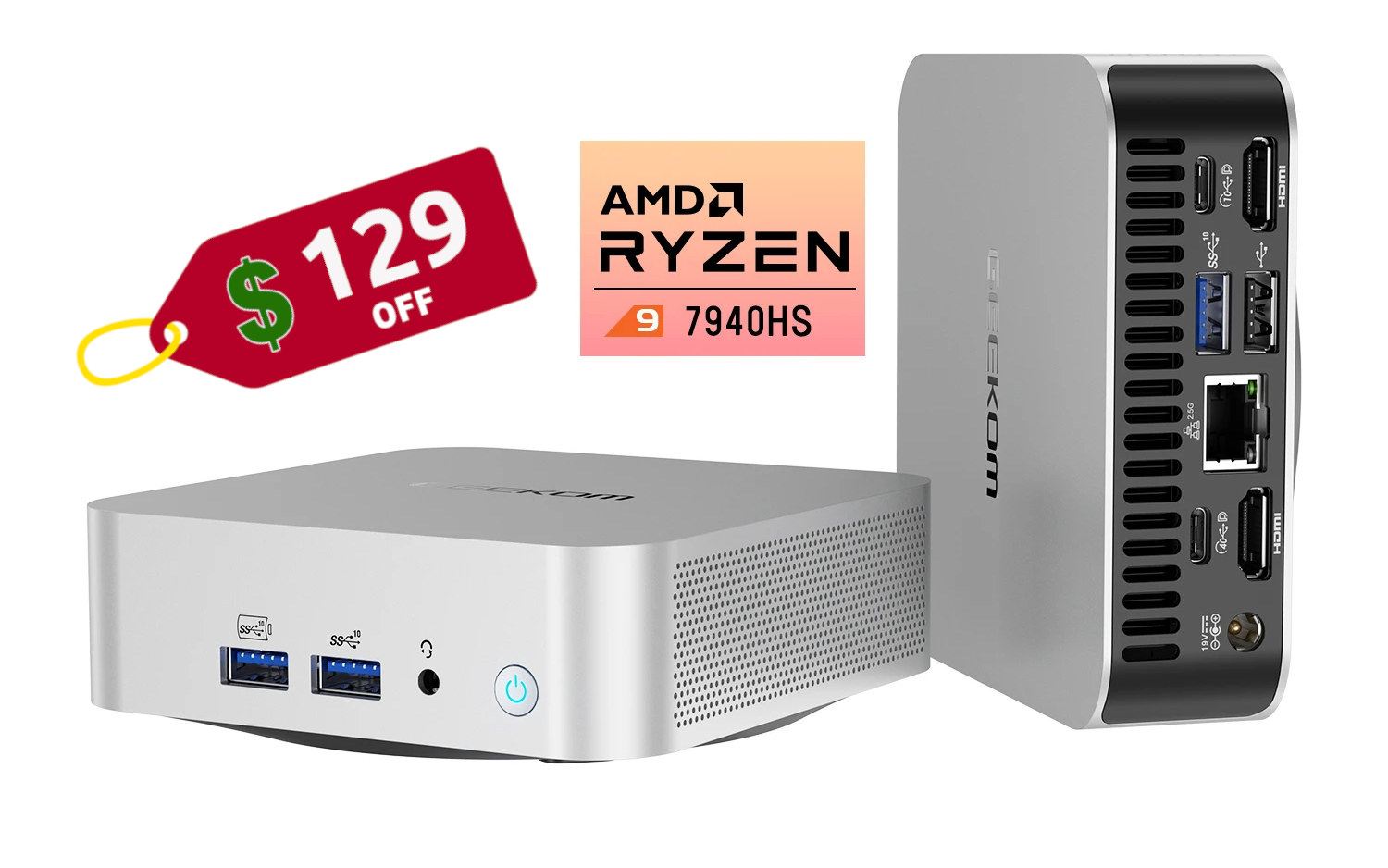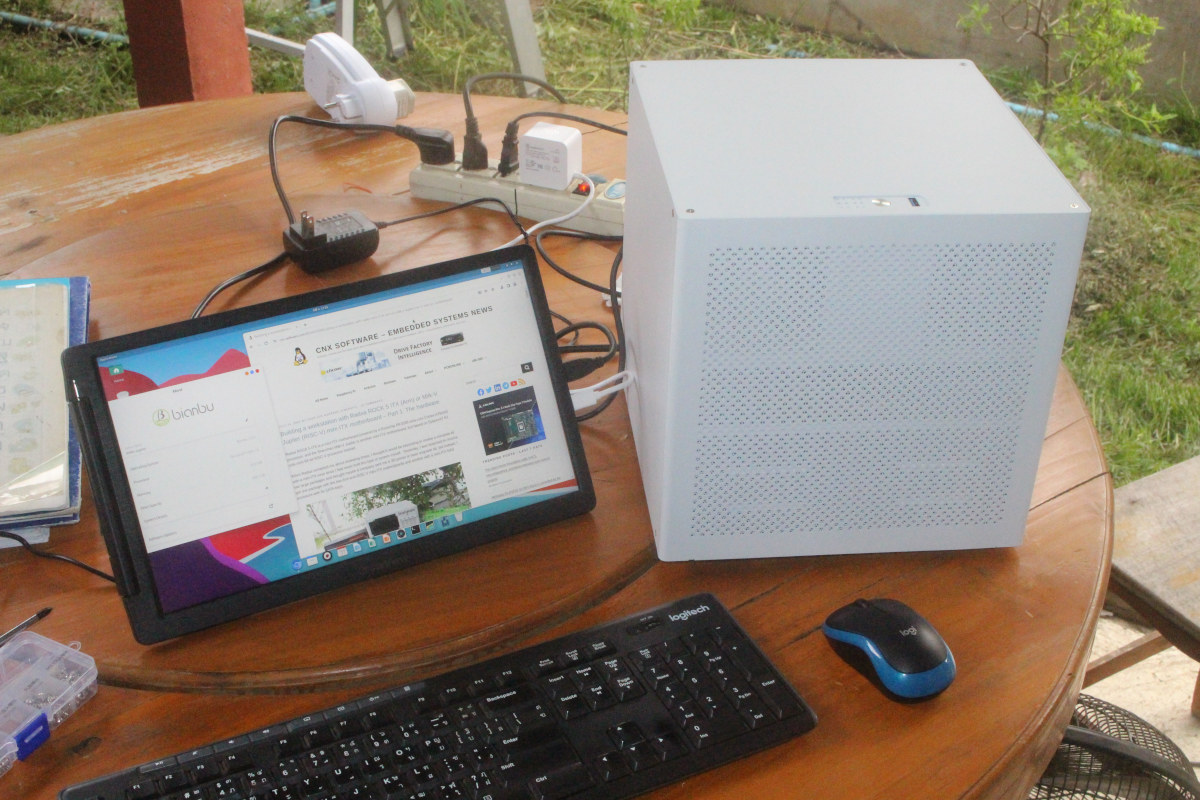Luckfox Pico Mini is a tiny (28 x 21 mm) board based on the Rockchip RV1103 Cortex-A7 camera SoC with a built-in 0.5 TOPS NPU, 64MB on-chip DDR2 RAM, USB-C port for power and data, two rows of headers with up to seventeen GPIOs, and five castellated holes for Ethernet. Two versions are offered: the Pico Mini A with a microSD card slot or the Pico Mini B with an extra 128MB SPI NAND flash. Both boards are a shorter version of the Luckfox Pico with similar features but additional GPIOs and the Luckfox Pico Plus model also adds an RJ45 Ethernet port. Luckfox Pico Mini A and B specifications: SoC – Rockchip RV1103 SoC CPU – Arm Cortex-A7 processor @ 1.2GHz + RISC-V core Memory – 64MB DDR2 NPU – 0.5 TOPS NPU with support for INT4, INT8, and INT16 ISP – 4M @ 30 fps ISP Storage MicroSD […]
Radxa ROCK E20C “Mini Network Titan” features 2.0 GHz Rockchip RK3528A SoC, dual GbE, metal case
Radxa ROCK E20C, also “dubbed Mini Network Titan”, is a router with dual Gigabit Ethernet, a USB 2.0 host port, and a microSD card slot powered by a Rockchip RK3528A quad-core Cortex-A53 processor clocked at 2.0 GHz. Housed in a CNC aluminum alloy case, the ultra-compact fanless router is offered with 1GB to 4GB LPDDR4 memory, 8GB to 32GB eMMC flash, and also exposes two USB-C ports, one for power and the other for serial console access without having to tear down the device. Radxa ROCK E20C specifications: Processor – Rockchip RK3528A CPU – Quad-core Arm Cortex-A53 @ 2.0 GHz GPU – Arm Mali-G450 GPU with support for OpenGL ES1.1, ES2.0, and OpenVG 1.1 APIs VPU H.264, H.265, and AVS2 decoder up to 4Kp60 H.264 and H.265 encoder up to 1080p60 NPU – 1 TOPS NPU (TBC) Memory – 1GB, 2GB, or 4GB LPDDR4 Storage 8GB, 16GB, or 32GB eMMC flash […]
Firefly EC-R3576PC FD is an Embedded Large-Model Computer based on Rockchip RK3576 processor
Firefly EC-R3576PC FD is described as an “Embedded Large-Model Computer” powered by a Rockchip RK3576 octa-core Cortex-A72/A53 processor with a 6 TOPS NPU and supporting large language models (LLMs) such as Gemma-2B, LlaMa2-7B, ChatGLM3-6B, or Qwen1.5-1.8B. It looks to be based on the ROC-RK3576-PC SBC we covered a few weeks ago, and also designed for LLM. But the EC-R3576PC FD is a turnkey solution that will work out of the box and should deliver decent performance now that the RKLLM toolkit has been released with NPU acceleration. However, note there are some caveats doing that on RK3576 instead of RK3588 that we’ll discuss below. Firefly EC-R3576PC FD specifications: SoC – Rockchip RK3576 CPU 4x Cortex-A72 cores at 2.2GHz, four Cortex-A53 cores at 1.8GHz Arm Cortex-M0 MCU at 400MHz GPU – ARM Mali-G52 MC3 GPU clocked at 1GHz with support for OpenGL ES 1.1, 2.0, and 3.2, OpenCL up to 2.0, and […]
Akeana unveils 10 RISC-V cores suitable for microcontrollers up to data center chips
Founded about three years ago, Akeana has just officially launched and announced three 32-bit and 64-bit RISC-V processor lines and SoC IP with the Akeana 100 series for 32-bit microcontrollers, the Akeana 1000 series for 64-bit processors with MMU, and the Akeana 5000 series with much higher single-thread performance and designed for laptops, data centers, and cloud infrastructure. The company also introduced Scalable Coherent Interconnect, Interrupt Controller, and IOMMU IP for building out compute subsystems based on the aforementioned RISC-V cores, as well as AI-targeted Vector RISC-V Cores and Matrix Computation IP. The design team is said to have previously worked on Marvell’s ThunderX2 server chips. Akeana 100 Series The Akeana 100 Series is a line of highly configurable processors with 32-bit RISC-V cores that support applications from embedded microcontrollers to edge gateways, to personal computing devices. Four Akeana 100 RISC-V cores are available Akeana 110 for area- and power-constrained […]
Mixtile Edge 2 Kit review with Home Assistant, 2-in-1 Zigbee & Z-Wave mPCIe module
We received the Edge 2 Kit IoT gateway on the Rockchip RK3568-powered Edge2 single board computer (SBC) and a 2-in-1 Zigbee and Z-Wave mPCIe card from Mixtile which we will be reviewing from the perspective of smart home applications using Home Assistant open-source home automation framework. Let’s dive into the details. Unboxing Mixtile Edge 2 Kit CNX Software previously reported on the Mixtile Edge 2 Kit in 2022 and you can check the detailed specifications and block diagram in that earlier article. Since then, Mixtile has found a wider range of applications for the device and is also promoting it as an Edge AI Box that performs AI object detection using the Edge 2 Kit (or the more powerful Mixtile Blade 3) using the built-in NPU (Neural Processing Unit) with up to 1 TOPS of AI performance for tasks such as object detection. Let’s unbox it and take a closer […]
Efinix introduces the low-power Topaz RISC-V SoC FPGA family for “high-volume, mass-market applications”
Efinix Topaz is a new low-power RISC-V SoC FPGA family manufactured with the same 16nm TSMC process as the Efinix Titanium SoC FPGA, but optimized for high-performance in a low-power footprint, and targetting high-volume, mass-market applications. The Topaz SoC FPGAs provide fewer features than the Titanium family but still offer up to four RISC-V hard cores, PCIe Gen3, MIPI interfaces, LPDDR4, LVDS, and 12.5 Gbps transmitter with most features being optional and depending on the exact SKUs selected. Efinix Topaz key features and specifications: FPGA compute fabric Up to 326,080 logic elements (LEs) Up to 19.22 Mbits embedded memory Up to 1,877 10-Kbit SRAM blocks Up to 1,008 embedded DSP blocks Memory – 10-kbit high-speed, embedded SRAM, configurable as single-port RAM, simple dual-port RAM, true dual-port RAM, or ROM FPGA interface blocks Optional 32-bit quad-core hardened RISC-V block (RISCV32I with M, A, C, F, and D extensions and six pipeline […]
$129 coupon code for GEEKOM A7 mini PC with AMD Ryzen 9 7940HS CPU (Sponsored)
You can now get $129 off the GEEKOM A7 mini PC with the coupon code CNX129OFF for the configuration based on an AMD Ryzen 9 7940HS octa-core/16-thread processor, 32GB RAM, and a 2TB NVMe SSD by purchasing it on the GEEKOM US website. This brings the price down to $670 after applying the discount code instead of $799 for the regular price. The mini PC also supports up to four 4K displays through HDMI 2.0 and USB-C ports, provides fast networking via a 2.5GbE jack and a WiFi 6E + Bluetooth 5.3 module, and offers plenty of USB ports for expansion in a compact form factor. GEEKOM A7 specifications: SoC – AMD Ryzen 9 7940HS 8-core/16-thread processor up to 4.0GHz with 16MB cache, AMD Radeon 780M Graphics; TDP: 35 to 54W System Memory – 32GB dual-channel DDR5-5600 via 262-pin SODIMM sockets, upgradeable to 64GB Storage 2TB NVMe PCIe x4 Gen […]
MILK-V Jupiter review – A RISC-V mini-ITX motherboard and PC tested with Ubuntu-based Bianbu OS
In this review or preview of the the Shenzhen Milk-V Jupiter RISC-V mini-ITX motherboard, I’ll assemble the motherboard into a mini-ITX chassis, before installing the Ubuntu 23.10 Mantic-based Bianbu OS optimized for RISC-V platforms, and testing the device to see how much progress has been done on RISC-V since I tested the StarFive VisionFive 2 SBC with Debian 12 about 18 months ago. In the first part of the review, we checked out the Radxa ROCK 5 ITX (Rockchip RK3588 Arm) and Jupiter (SpacemIT K1 RISC-V) mini-ITX motherboards with specifications and unboxing, and the Auriga 6-Bay NAS mini-ITX chassis used in this review. I planned to start with the Radxa ROCK 5 ITX, but due to logistics and technical issues, I went ahead testing the RISC-V motherboard first. Installing Bianbu OS to the Jupiter RISC-V motherboard The board does not come with storage, so no operating system is installed. So […]


